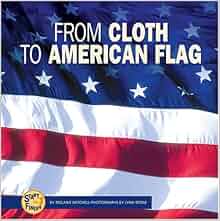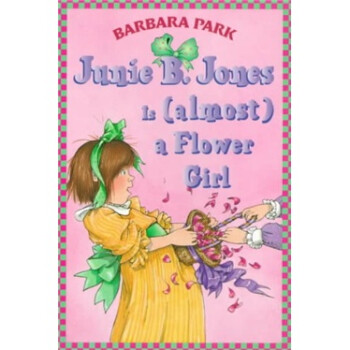
The story I chose this week is called, "Papa Is a Poet," by Natalie S. Bober. This is a picture book biography and was published in 2013. It was written about Robert Frost and I believe the author did a splendid job writing in first person from Leslie Frost's perspective. Mainly, the story is about a fifteen year old girl sharing her experience growing up with Robert Frost who happens to be her father. She shares how he taught her to read and type on the typewriter. She shares how her father saw the world creatively and poetically. In the story there are times when Leslie mentions how her father had critics who didn't think being a poet was worth his time. Robert Frost published his first two books in England while he lived there for two and a half years. However, he did not get paid for his work, therefore he moved back to America where he resided in New Hampshire. He lived on a farm with his wife, Leslie, and his other three children. Leslie's parents both taught her and her three younger siblings because their school was too far from their house. Overall, the story really shows the journey of how a poet never gave up on his dreams and how finally he had a big break that helped him to be remembered for generations.
Something I admire about this story takes a "hero-worship" stance on a famous poet. I like how the author did her research on Robert Frost and she interviewed Leslie Frost. I enjoyed how details and facts were incorporated into the story without specific dates. In addition, I love how the author incorporated Robert Frost's most famous poetry into her book from his perspective. Whenever Robert Frost's character spoke in the story his words were only quotes from his most famous poems. It made this book unique because Robert Frost said those words, just not that exact moment. To whoever is reading my blog, I encourage you to read this book, if you want to understand what I just shared. In addition, this book has more information on the life of Robert Frost and his most famous poetry is in the back of the book. Moreover, Natalie S, Bober was a genius in the way she played with first and second person within her story.
Pinterest: https://www.pinterest.com/jamie_lipp/week-9-juvenile-biography/








